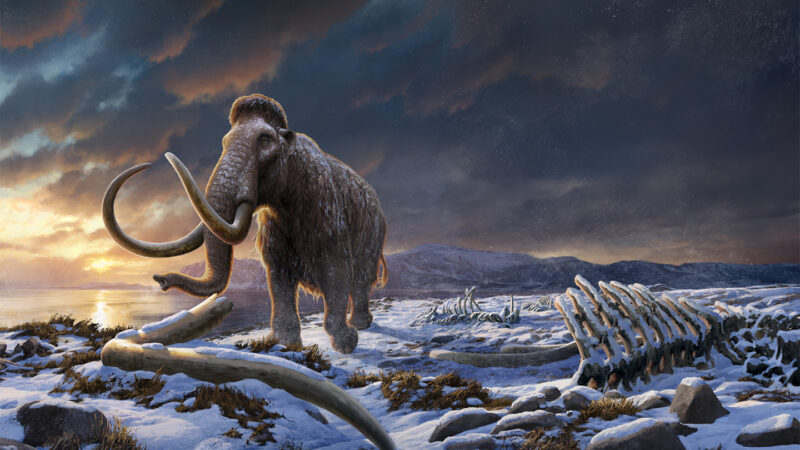
biologist: A scientist involved in the study of living things.
climate: The weather conditions that typically exist in one area, in general, or over a long period.
computer model: A program that runs on a computer that creates a model, or simulation, of a real-world feature, phenomenon or event.
DNA: (short for deoxyribonucleic acid) A long, double-stranded and spiral-shaped molecule inside most living cells that carries genetic instructions. It is built on a backbone of phosphorus, oxygen, and carbon atoms. In all living things, from plants and animals to microbes, these instructions tell cells which molecules to make.
endangered: An adjective used to describe species at risk of going extinct.
environment: The sum of all of the things that exist around some organism or the process and the condition those things create. Environment may refer to the weather and ecosystem in which some animal lives, or, perhaps, the temperature and humidity (or even the placement of things in the vicinity of an item of interest).
evolutionary biologist: Someone who studies the adaptive processes that have led to the diversity of life on Earth. These scientists can study many different subjects, including the microbiology and genetics of living organisms, how species change to adapt, and the fossil record (to assess how various ancient species are related to each other and to modern-day relatives).
extinct: (n. extinction) An adjective that describes a species for which there are no living members.
generation: A group of individuals (in any species) born at about the same time or that are regarded as a single group. Your parents belong to one generation of your family, for example, and your grandparents to another. Similarly, you and everyone within a few years of your age across the planet are referred to as belonging to a particular generation of humans. The term also is sometimes extended to year classes of other animals or to types of inanimate objects (such as electronics or automobiles).
genetic: Having to do with chromosomes, DNA and the genes contained within DNA. The field of science dealing with these biological instructions is known as genetics. People who work in this field are geneticists.
genome: The complete set of genes or genetic material in a cell or an organism. The study of this genetic inheritance housed within cells is known as genomics.
inbreeding: (adj. inbred) The mating of animals that are too closely related, genetically. It is the opposite of genetic diversity. Animals that are inbred tend to become weak or sickly and often cannot reproduce successfully.
insight: The ability to gain an accurate and deep understanding of a situation just by thinking about it, instead of working out a solution through experimentation.
model: A simulation of a real-world event (usually using a computer) that has been developed to predict one or more likely outcomes. Or an individual or thing that is meant to reflect the output of that computer analysis.
paleontologist: A scientist who specializes in studying fossils, the remains of ancient organisms.
population: (in biology) A group of individuals (belonging to the same species) that lives in a given area.
random: Something that occurs haphazardly or without reason, based on no intention or purpose. Or an adjective that describes some thing that found itself selected for no particular reason, or even chaotically.
remnant: Something that is leftover — from another piece of something, from another time or even some features from an earlier species.
sea level: The overall level of the ocean over the entire globe when all tides and other short-term changes are averaged out.
Siberia: A region in northern Asia, almost all of which falls within Russia. This land takes its name from the language of the Tatar people, where Siber means sleeping land. This region is vast. It has become famous for its long, harsh winters, where temperatures can fall to −68° Celsius (−90° Fahrenheit).
species: A group of similar organisms capable of producing offspring that can survive and reproduce.
woolly mammoth: A type of extinct mammal that resembled a hairy elephant.
